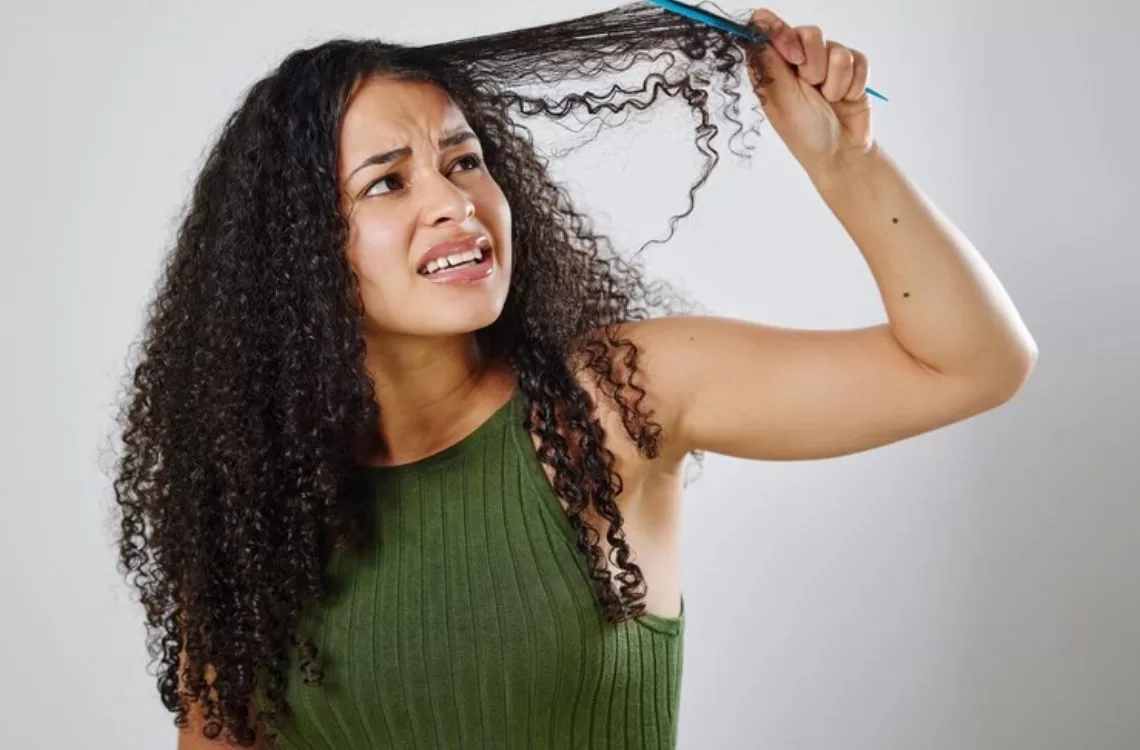A damp weather monsoon hair care approach is required to ensure that one’s tresses remain as gorgeous as ever. People having hair issues need to take extra precautions during this season.
Table of Contents
How to take care of hair in a monsoon?
Faced with an oily, greasy scalp and also persistent itchiness and dandruff, the rainy season can indeed be quite a challenge for one’s tresses. Left unchecked, these issues can indeed escalate, leading to weakened roots and also significant hair loss, a condition often referred to as monsoon hair fall. Frizzy hair is another hair problem during monsoon.
How to deal with these hair problems during monsoon?
1. Eat a Nutritious, Balanced Diet:
The health of one’s hair largely reflects one’s internal health. A nutrient-rich diet can indeed fortify hair strands from the roots and also provide them with the strength to withstand humidity and rain. Having hot and crispy treats in the monsoon can worsen hair and lead to scalp issues. Avoiding junk food is good.
What do experts say?
Proteins from sources such as eggs and legumes are good for hair. Omega-3 fatty acids from walnuts and also flaxseeds do boost hair health. Including an adequate mix of vitamins from fruits and green vegetables is good. Biotin, found in nuts as well as bananas, is beneficial for hair.
2. Keeping Hair Dry:
Excessive moisture can indeed weaken hair roots and also cause breakage. It also provides a breeding ground for fungus and bacteria leading to scalp issues. Not only this, one’s hair is brittle and the weakest when wet. Always dry hair gently after a wash, preferably air-dry.

3. Hair Spa and Conditioning Treatments:
Monsoons can indeed dehydrate hair with frequent rain and also washes. The increased humidity causes frizzy and lifeless hair.
Hair spa and conditioning treatments can restore lost moisture. At home, using deep-conditioning hair masks once a week in order to restore the essential moisture, and also impart a healthy shine to one’s hair is much preferred by many people. It seems proper to think of an Intensive Repair Post Wash Hair Mask with ingredients like
Bhringraj (King Of Herbs), Coconut Milk (natural conditioner), and also Amla (a powerhouse of Vitamin C) in order to add resilience to the hair.
4. Opting for a Suitable Hairstyle/Haircut:
The right hairstyle and haircut can rather reduce the impact of humidity and also prevent hair tangling. Shorter haircuts such as bobs or layered styles can rather be easier to manage and also prevent excess moisture from settling in one’s scalp and locks.
What do experts say?
Simply trimming one’s hair will help get rid of split ends that could lead to extra frizziness during monsoon time. For those with longer hair, braids, buns, or even loose ponytails can help in keeping hair tangle-free.

5. Avoid Hair Color And Heat Styling:
The monsoon does mean a change in approach to hair care to counteract the excess moisture and also potential damage. This is not really the proper time to color or style one’s hair. So avoiding any sort of chemical hair treatments and heat appears the best way of ensuring proper hair care in monsoon.
6. Oil One’s Hair:
Oiling does nourish the scalp, strengthens hair roots, and also provides a protective layer against external damage to the hair as well. They also help fight scalp infections that can occur during the rainy season.
Opting for natural oils such as Coconut, Almond, or Olive oil is indeed much preferred for healthy hair care. Warm the oil slightly and also massage it into one’s scalp. Leave it on for an hour or overnight prior to washing.
7. Washing off Rainwater:
Rainwater, though seemingly clean, can rather contain pollutants that can of course weaken and also damage the hair. If hair gets wet in the rain, it is better to rinse it with clean water once indoors. Rainwater’s acidity tends to mess up the scalp’s pH, leading to hair problems.
Conclusion :
Monsoon hair care is of utmost importance.

